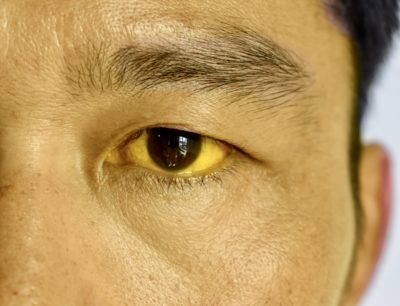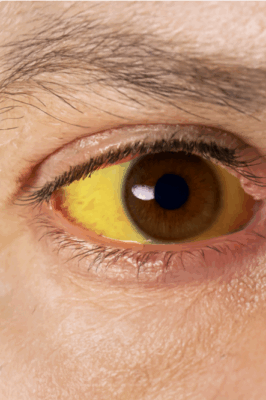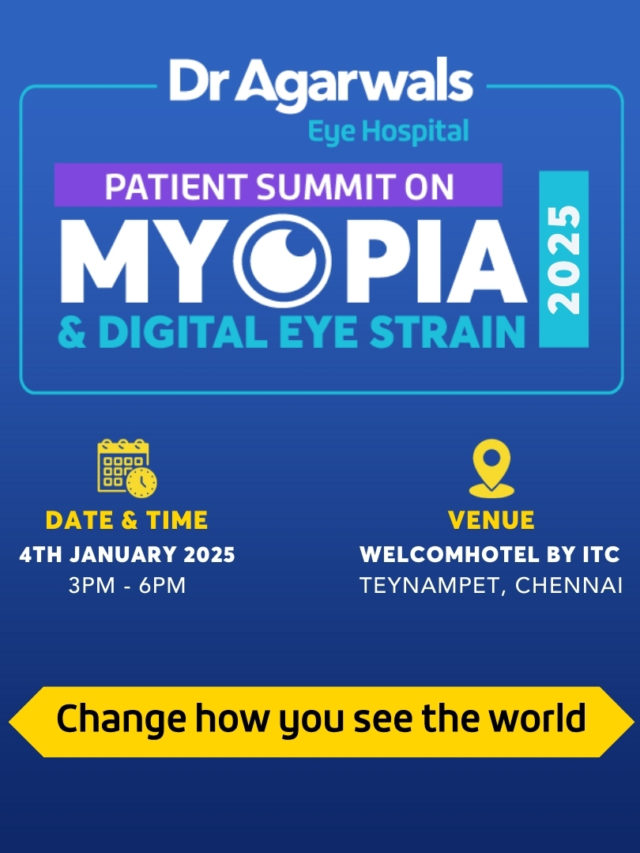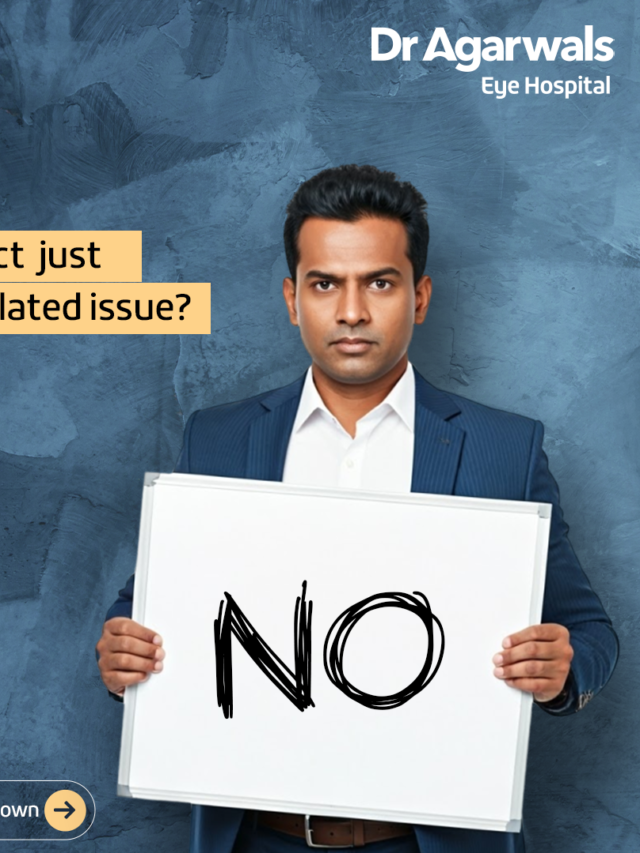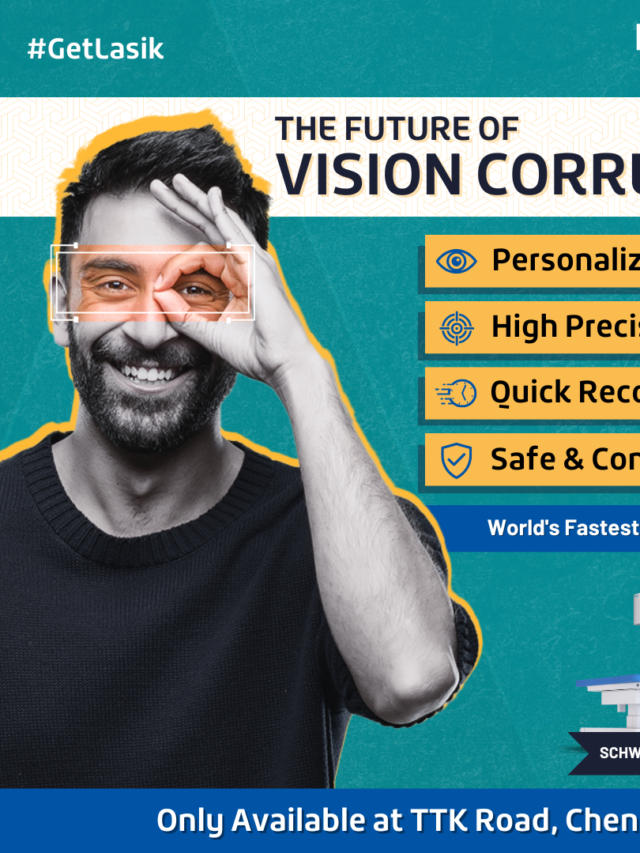The clarity of vision is determined by the way in which the light falls on the retina. Disturbance of this focus causes blurred vision, resulting in conditions such as myopia, hypermetropia, and presbyopia.
These are typical refractive errors that affect our visualisation of near and distant objects. Understanding the differences between myopia and hypermetropia, as well as how presbyopia differs from both, helps enable timely diagnosis and correction.
Each condition has a different impact on focusing ability: myopia blurs far vision, hypermetropia (also known as hyperopia) blurs near vision, and presbyopia, which occurs with age, makes it difficult to focus on close objects.

What is Myopia?
Myopia or nearsightedness is a defect of refraction, in which distant objects are blurred and the near ones are clear. It happens when the eyeball is excessively long or the cornea excessively curved that the light is focused before the retina instead of the retina itself.
Individuals with myopia tend to strain their eyes to see distant objects, such as a road sign or a board in the classroom. The condition commonly begins in childhood and may progress during teenage years.
Corrective options include concave lenses, myopia control glasses, contact lenses, and laser refractive surgery (such as LASIK). Myopia can also be managed with lifestyle changes, such as limiting screen time and increasing outdoor activities in children.
What is Hyperopia?
Hypermetropia, or hyperopia, or farsightedness, is a condition where distant objects are clearer than near ones. It occurs due to the inadequacy of the eyeball length or the corneal curvature being insufficient, thereby bringing the light behind the retina.
Its effect on vision depends on the degree of hypermetropia. The mild ones might not have issues, but as they become severe, near vision blurs, and headaches occur, especially after reading or close work.
The usual symptoms of hyperopia are eye strain, blurred vision at short distances, and difficulty focusing on small print. Convex lenses, contact lenses or refractive surgery are used to treat the condition. Periodic eye checks help detect early signs, especially in children who might not be aware of blurred vision.
What is Presbyopia?
Presbyopia is a vision problem that occurs with age, as the eye gradually becomes unable to focus on close objects. It is not due to the shape of the eyes but to the lens’s natural rigidity.
It normally manifests itself after the age of 40 and makes reading very small text or viewing objects at close range difficult. The individual will tend to see themselves as further away, holding the reading materials to read better.
What’s the Difference Between Myopia, Hyperopia, and Presbyopia?
It is important to know the differences between myopia, hyperopia, and presbyopia to determine which is causing your vision impairment. Although they’re all connected to errors in focus, the causes, symptoms, and treatments are quite different.
Symptoms
- Myopia: Blurry distance vision, clear near vision, squinting, and eyestrain.
- Hypermetropia: Difficulty focusing on close objects, headaches after reading, and eye fatigue.
- Presbyopia: Trouble reading small print, especially in dim light, and needing to hold objects at arm’s length.
Causes
- Myopia: Elongated eyeball or increased corneal curvature.
- Hypermetropia: Shortened eyeball or flatter cornea.
- Presbyopia: Age-related stiffening of the eye’s lens.
Correction
- Myopia: Corrected with concave (minus) lenses that move the focus backwards onto the retina.
- Hypermetropia: Corrected with convex (plus) lenses that bring light forward onto the retina.
- Presbyopia: Corrected with reading glasses, bifocals, or progressive lenses that accommodate near and distance vision.
Treatment Options
- Myopia: Spectacles, contact lenses, orthokeratology, or laser eye surgery.
- Hypermetropia: Glasses, contact lenses, or refractive procedures like LASIK or LASEK.
- Presbyopia: Reading glasses, multifocals, or surgical lens replacement.
Age of Onset
- Myopia: Commonly begins in school-age children and can progress into early adulthood.
- Hypermetropia: Often present from birth but may improve as the eye grows.
- Presbyopia: Appears naturally after the age of 40 due to lens rigidity.
Impact on Focus
The biggest myopia, hypermetropia, and presbyopia lie in how each affects visual focus:
- Myopia: Focuses images in front of the retina, resulting in poor distance vision.
- Hypermetropia: Focuses images behind the retina, leading to poor near vision.
- Presbyopia: The lens loses flexibility and reduced ability to shift focus between near and far.
In myopia vs hyperopia, focusing errors result from eye shape, whereas in presbyopia, the problem lies in the ageing lens mechanism.
Conclusion
Understanding myopia, hypermetropia, and how they differ from presbyopia is key to maintaining lifelong eye health. While all three conditions affect how light focuses on the retina, their causes, symptoms, and treatments vary widely.
Fortunately, each can be effectively managed through glasses, contact lenses, or advanced surgical options. Regular eye check-ups ensure early detection and the right correction strategy for clear, comfortable vision at every stage of life.




